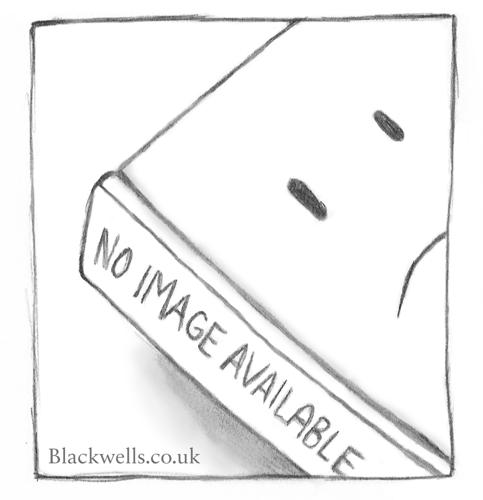Publisher's Synopsis
About Author: Robert Michael Ballantyne (24 April 1825 - 8 February 1894) was a Scottish author of juvenile fiction who wrote more than 100 books. He was also an accomplished artist, and exhibited some of his water-colours at the Royal Scottish Academy.Ballantyne was born in Edinburgh on 24 April 1825, the ninth of ten children and the youngest son, to Alexander Thomson Ballantyne (1776-1847) and his wife Anne (1786-1855). Alexander was a newspaper editor and printer in the family firm of "Ballantyne & Co" based at Paul's Works on the Canongate, and Robert's uncle James Ballantyne (1772-1833) was the printer for Scottish author Sir Walter Scott. In 1832-33 the family is known to have been living at 20 Fettes Row, in the northern New Town of Edinburg A UK-wide banking crisis in 1825 resulted in the collapse of the Ballantyne printing business the following year with debts of £130,000, which led to a decline in the family's fortunes.Ballantyne went to Canada aged 16, and spent five years working for the Hudson's Bay Company. He traded with the local Indigenous peoples for furs, which required him to travel by canoe and sleigh to the areas occupied by the modern-day provinces of Manitoba, Ontario, and Quebec, experiences that formed the basis of his novel Snowflakes and Sunbeams (1856). His longing for family and home during that period impressed him to start writing letters to his mother. Ballantyne recalled in his autobiographical Personal Reminiscences in Book Making (1893) that "To this long-letter writing I attribute whatever small amount of facility in composition I may have acquired."In 1847 Ballantyne returned to Scotland to discover that his father had died. He published his first book the following year, Hudson's Bay: or, Life in the Wilds of North America, and for some time was employed by the publishers Messrs Constable. In 1856 he gave up business to focus on his literary career, and began the series of adventure stories for the young with which his name is popularly associated.The Young Fur-Traders (1856), The Coral Island (1857), The World of Ice (1859), Ungava: a Tale of Eskimo Land (1857), The Dog Crusoe (1860), The Lighthouse (1865), Fighting the Whales (1866), Deep Down (1868), The Pirate City (1874), Erling the Bold (1869), The Settler and the Savage (1877), and more than 100 other books followed in regular succession, his rule being to write as far as possible from personal knowledge of the scenes he described. The Gorilla Hunters. A tale of the wilds of Africa (1861) shares three characters with The Coral Island: Jack Martin, Ralph Rover and Peterkin Gay. Here Ballantyne relied factually on Paul du Chaillu's Exploration in Equatorial Guinea, which had appeared early in the same year.Product Description: The Island Queen: or Dethroned by Fire and Water: a tale of the Southern Hemisphere (1885) is a novel written by Scottish author R.M. Ballantyne.The novel first appeared in Volume VI of Young England, an annual magazine published in London from 1880 to 1937. It was then published in paperback by J. Nisbet & Co. This novel was Ballantyne's 79th publication, written in the latter half of his career.The novel is a castaway / survivalist tale. It tells the story of two brothers and a sister who are stranded on one of the many islands of Oceania. The novel's major themes include 19th century British imperialism, the value of Christianity, and the development of social hierarchies.Ballantyne published the novel after having moved from Edinburgh to Harrow, a north London borough, to allow his children to finish school in 1873.The novel begins with the Rigonda family and two men aboard a castaway ship somewhere in the south Pacific. The family finds a hidden cache of food and they land safely on a nearby island.After finding shelter they set out to explore the island. They soon find that everything they need seems to grow on trees.Source: Wikipedia
























